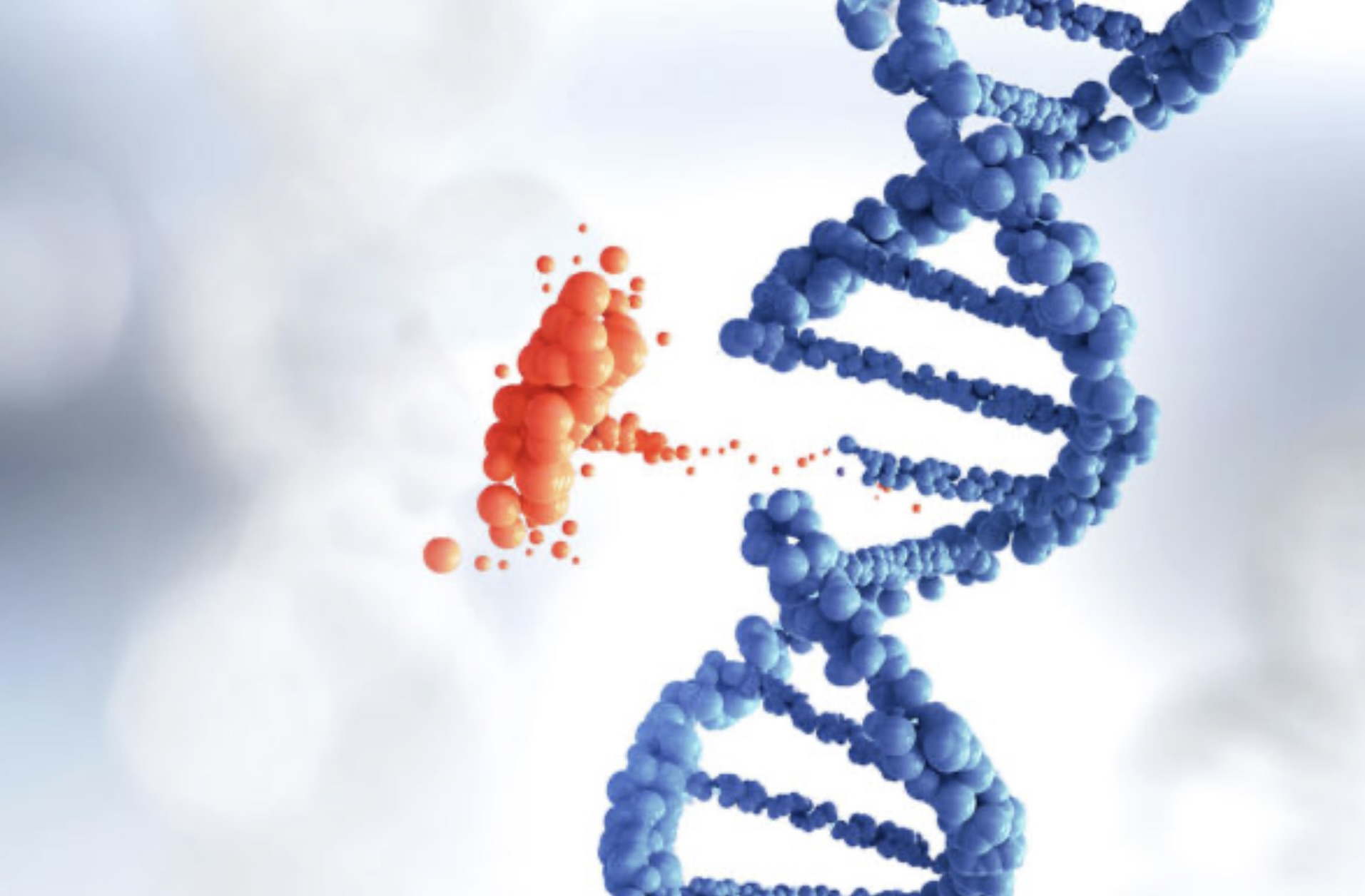D Trisomy Syndrome: Symptoms, Causes, Treatment
What are the symptoms of D trisomy syndrome?
D trisomy syndrome, also known as trisomy D or trisomy 13, is a genetic disorder caused by the presence of an extra copy of chromosome 13. This condition is associated with a range of physical and developmental abnormalities. Common symptoms of D trisomy syndrome may include:
- Cleft lip and/or palate: A cleft lip is a split or opening in the upper lip, while a cleft palate is a split or opening in the roof of the mouth. These abnormalities can affect feeding and speech development.
- Small head (microcephaly): Microcephaly is a condition in which the head is smaller than normal, often due to abnormal brain development.
- Severe intellectual disability: Individuals with D trisomy syndrome often have significant intellectual disabilities that affect their ability to learn and develop.
- Heart defects: Congenital heart defects are common in individuals with D trisomy syndrome and can vary in severity.
- Eye abnormalities: Eye abnormalities such as cataracts, coloboma (a gap in part of the eye), and other vision problems are common in D trisomy syndrome.
- Extra fingers or toes (polydactyly): Some individuals with D trisomy syndrome may have extra fingers or toes.
- Kidney abnormalities: Abnormalities of the kidneys, such as cysts or malformations, may occur in individuals with D trisomy syndrome.
- Growth delays: Children with D trisomy syndrome may experience delays in growth and development.
- Seizures: Some individuals with D trisomy syndrome may experience seizures, which are abnormal electrical discharges in the brain.
It’s important to note that the symptoms of D trisomy syndrome can vary widely among individuals, and not all individuals will have all of these symptoms. The severity of the condition can also vary, with some individuals experiencing more mild symptoms and others experiencing more severe complications. Early intervention and supportive care can help improve the quality of life for individuals with D trisomy syndrome.
What are the causes of D trisomy syndrome?
D trisomy syndrome, also known as trisomy 13, is caused by the presence of an extra copy of chromosome 13 in cells. Normally, each cell in the body has 23 pairs of chromosomes, including one pair of sex chromosomes (XX for females and XY for males). Trisomy 13 occurs when there are three copies of chromosome 13 instead of the usual two, resulting in a total of 47 chromosomes in each cell.
The extra copy of chromosome 13 is usually caused by a random error in cell division during the formation of the egg or sperm. This error, known as nondisjunction, can occur either in the egg or sperm before fertilization, or in the early stages of embryo development after fertilization. As a result, the embryo ends up with an extra copy of chromosome 13 in each cell.
Trisomy 13 is not typically inherited, as it is usually caused by a random error during cell division. However, in rare cases, trisomy 13 can be inherited if one of the parents carries a chromosomal rearrangement that increases the risk of having a child with trisomy 13.
The risk of having a child with trisomy 13 increases with maternal age, although the condition can occur in women of any age. The exact reasons why nondisjunction occurs are not well understood, and there are no known ways to prevent trisomy 13 from occurring.
What is the treatment for trisomy 13?
Trisomy 13, also known as Patau syndrome, is a chromosomal disorder that affects multiple systems in the body. Treatment for trisomy 13 is focused on managing the symptoms and providing supportive care to improve the quality of life for affected individuals. There is no cure for trisomy 13, as it is caused by a genetic abnormality that cannot be corrected. Treatment options may include:
- Monitoring and supportive care: Babies born with trisomy 13 often have complex medical needs. They may require monitoring for heart defects, breathing difficulties, feeding problems, and other medical issues. Supportive care may include oxygen therapy, feeding tubes, and medications to manage symptoms.
- Surgery: Some babies with trisomy 13 may benefit from surgery to repair congenital heart defects or other structural abnormalities that affect their health and quality of life. However, surgery is often complex and may not be an option for all babies with trisomy 13.
- Early intervention services: Children with trisomy 13 may benefit from early intervention services, such as physical therapy, occupational therapy, and speech therapy, to help them develop important skills and improve their quality of life.
- Palliative care: In some cases, the medical needs of a child with trisomy 13 may be too severe for curative treatment. In these cases, palliative care may focus on providing comfort and relief from symptoms to improve the quality of life for the child and their family.
- Family support: Coping with a diagnosis of trisomy 13 can be challenging for families. Support groups, counseling, and other resources can help families navigate the emotional and practical aspects of caring for a child with trisomy 13.
It’s important for families of children with trisomy 13 to work closely with a healthcare team to develop a comprehensive care plan that addresses the child’s unique needs. The prognosis for trisomy 13 is generally poor, with many affected individuals experiencing severe medical complications. However, with appropriate medical care and support, some children with trisomy 13 can survive beyond infancy and reach milestones in their development.




